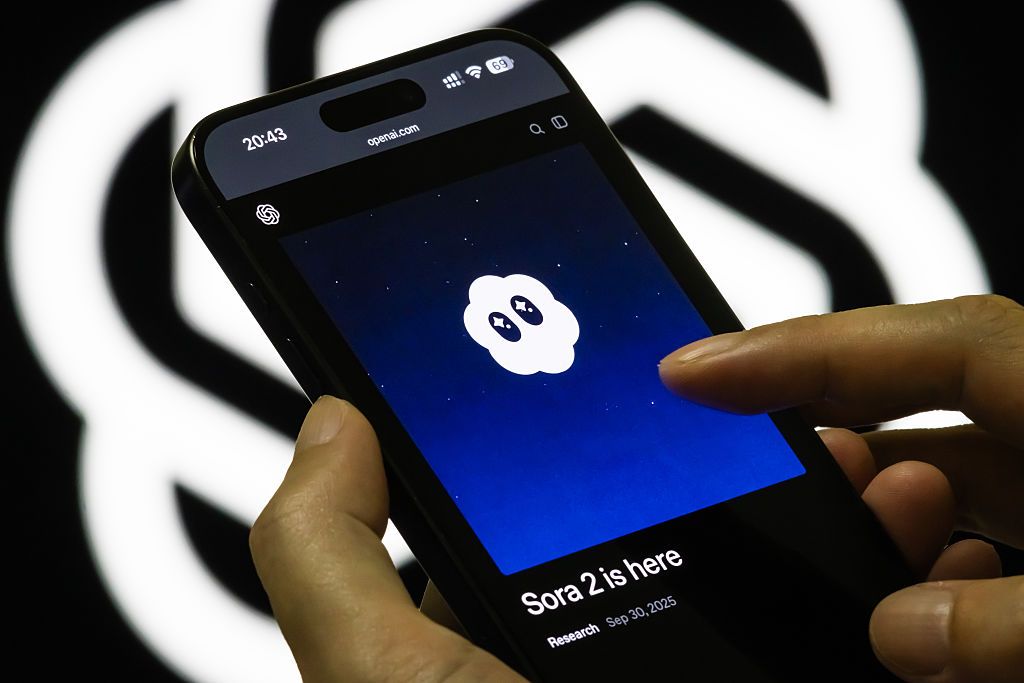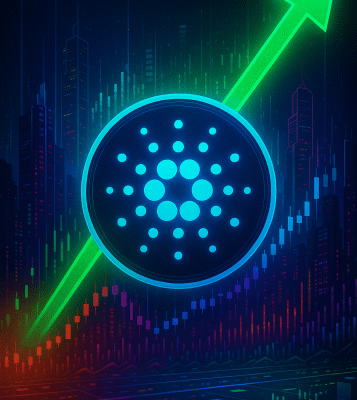As a purely creative instrument, Sora, the new AI video app from OpenAI, is a game changer. Dream up any scenario and it appears in an instant. Freddy Krueger as a contestant on Dancing With the Stars. Mr. Rogers teaching Tupac Shakur the lyrics to the legendary rap diss “Hit Em Up.”
But just as its innovations are remarkable, so is Sora’s potential for genuine harm.
That’s been true of generative AI for as long as the tech has existed. The capacity for abuse is inseparable from the miracle of what genAI can create. Sora simply extends the visual medium’s long history of “elaborate deceptions” into something stranger, more alive, and untrustworthy. (This angle has been the focus of almost every story written about the app so far, and for good reason.)
“Skepticism needs to be a disposition that serves as the default for many of us as we navigate these times,” says Marlon Twyman, a quantitative social scientist at USC Annenberg who specializes in social network analysis.
OpenAI CEO Sam Altman understands the risk. He has suggested that Sora could usher in a “Cambrian explosion” of creativity for art and entertainment, but that it may also contribute to “us all being sucked into a [reinforcement-learning-optimized] slop feed.”
More remarkable, though, are the questions Sora poses for the future of social media and what we ask of it.
Like Vine and TikTok before it, Sora is built to be addictive. Ten-second-long videos. Infinite scroll. Users can create a digital likeness of themselves and post content (called a “cameo”) by entering prompts; you are not allowed to upload photos or videos from your camera roll. The app’s popularity—it surpassed 1 million downloads in its first week—is ripe for this moment of decaying truths, where fact and reason have an increasingly diminished value. Unlike Vine and TikTok, however, Sora “feels like a clear artifact of the current stage of social media,” Twyman says. “It’s not about people anymore.”
That’s also a growing concern among developers who say there are now too many social networking apps that have a poor understanding of social dynamics. Like Sora, they are “inherently antisocial and nihilistic,” says Rudy Fraser, the creator of Blacksky, the custom feed and moderation service for Black users on Bluesky. “They’ve given up on fostering real human connection and are looking to profit on supplying people with artificial connection and manufactured dopamine.”
Many will assume that Sora represents a new era of social media, but that’s wrong. Sora is attempting to reanimate our current one. It’s trying to hold on to something people have a diminishing use for. “We’re certainly beyond the hashtag, clout-chasing, and desire-for-virality era of social media,” Fraser says.
Across social media, people have expressed that Sora is yet another example of techies manufacturing supply when there isn’t even a demand. “What problem are we solving here? They’re like, ‘You can try the new app. You can make a moose have a spa day.’ I don’t need to make a moose have a spa day,” comedy writer Matt Buechele said on Instagram. “Like, cancer still exists.”
The uptick in artificial social networks, Fraser tells me, is being driven by the same tech egoists who have eroded public trust and inflamed social isolation through “divisive” algorithms. “[They] are now profiting on that isolation by creating spaces where folks can surround themselves with sycophantic bots.”
In the many conversations I had with the experts, similar patterns of thought emerged. The current era of content production prioritizes aesthetics over substance. We are a culture hooked on optimization and exposure; we crave to be seen. We live on our phones and through our screens. We’re endlessly watching and being watched, submerged in a state of looking. With a sort of all-consuming greed, we are transforming into a visual-first society—an infinite form of entertainment for one another to consume, share, fight over, and find meaning through.
“Sora doesn’t change those patterns of behavior,” Twyman says. But it does “completely change what social means. The social isn’t about the actual media content anymore; now it’s about the vision of the account holder. It’s not about what the videos depict so much as what I communicate about my interests.”
What Sora proposes is an entirely different frame for social connection.
Social media platforms were once all about having an original, authentic voice. A generation of YouTubers, activists, podcasters, influencers, and writers—voices that defined the cultural mood—initially made their following by being authentic. They reset the terms of play through social uprisings, from the Arab Spring to Black Lives Matter and #MeToo. They leaned on opinion, comedy, and sports analysis, often sharing mundane observations or hot takes, because self-presentation was the paramount form of expression.
Sora removes the need for that style of authenticity entirely. It suggests that there is no value in the original source code of social media: your voice. Sora is only interested in entertainment or deception.
Daily, I come across more videos of the absurd, the uncanny, and the unbelievable, videos occupied with the embellishment of reality, or what Altman calls a “new kind of interactive fan fiction.” The connective tissue of the app is comedy. For all of the damage it may unleash, Sora understands the power of joy as a means of bringing people together. Similar to the early days of Vine and TikTok, Sora is supercharged with humor; nearly all of the deepfakes I came across in my casual use over the last few days included elements of comedy, wonder, and wanton surrealism. (I will never be able to unsee Jake Paul as a beauty influencer.) But what actually made TikTok a creative engine was its collaborative spirit; right now Sora doesn’t allow for that sort of mass participation. The hook of the app is about the creative pursuit of the individual user, not the collective. The real test of Sora will be how much we want to live among the social imagination more than our shared social reality.
“To the degree to which people are on Sora, and they understand what Sora is, then to me it’s a little bit like going to the movie theater versus watching the news. I go there because I know it’s not real. I want to see made-up stuff. I want to see movies that are impossible. That’s what we often are attracted to,” says Jeff Hancock, a professor of communications and director of Stanford’s Social Media Lab. “But the idea that content made on Sora will stay on Sora, and no one will ever be able to use your cameo without your knowledge, is weirdly naive.”
Hancock doesn’t consider Sora a death knell for social media as we know it, but he believes it is a novel form of the medium that is still finding its best use. “AI-generated imaginary spaces won’t replace legacy social media, they will just be added into the media stack.”
He also doesn’t anticipate that we will lose our desire for human voyeurism soon, though it may come eventually. “One of the reasons that social media was so attractive has to do with reality TV. We actually love watching other real people. And with Sora, it’s not clear people will still see this in the same way. It could mean that there might not be as much demand for this as we think because people actually like seeing authentic, real images of real people.”
One prevailing criticism about social media today is a lack of agency or sense of control. Instagram, overrun with ads, has turned into a shopping mall for influencers to sell their latest products. X is teeming in “pro maga, nazi, white supremacist, pro zionist propaganda” from the second people sign up, as one user recently shared of her experience. TikTok is demoting political content that exposes the shocking reality of our current timeline. New platforms like Bluesky have attempted to reinstate agency to users by offering better controls and protections. It’s easy to think social media has perhaps reached a breaking point, or an end—global social media use has been on the decline since 2022, with the exception of North America—when, perhaps, it’s evolving as it should.
“The internet is not broken. It’s operating as it was designed to operate,” tech critic Nicholas Carr writes in Superbloom: How Technologies of Connection Tear Us Apart. “It’s succeeding in making our dream of perfect communication—efficient, unfettered, immersive—a reality, even as it reveals the dream to have been a delusion all along.”
That same dreamlike delusion is what makes Sora both an exciting proposition and a completely terrifying one. It’s an app that speaks directly to—and from—our crisis of blurred visions. Sora’s gamble is that people will love the distorted imagination more than reality or authenticity-based communication, but the jury’s still out. And it’s not that the app will fail. It’s that Sora—even as it attempts to reanimate what social means—misunderstands the essence entirely.




